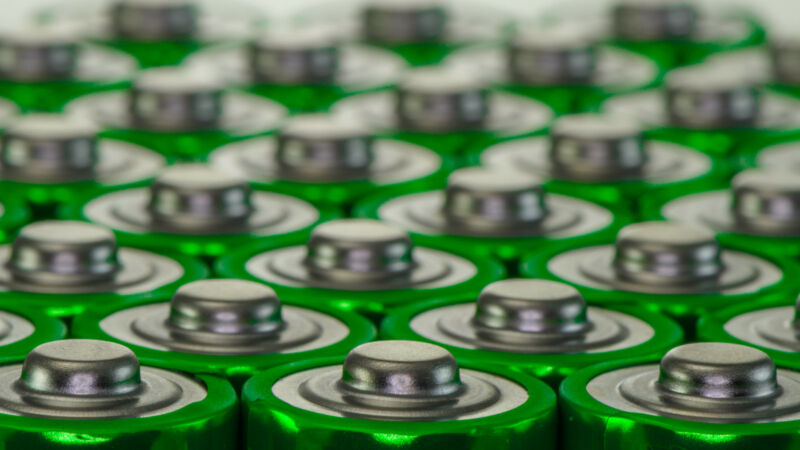New “targeted healing” approach rejuvenates run-down battery materials

Enlarge (credit: Peter Miller / Flickr)
As electric vehicle adoption grows, the need for battery recycling is growing along with it. Typically, recycling involves breaking the battery down into pure chemical components that can be reconstituted for brand-new battery materials. But what if-at least for some battery chemistries-that's overkill?
A new study led by Panpan Xu at the University of California, San Diego shows off a very different technique for lithium-iron-phosphate (LFP) batteries. This isn't the most energy-dense type of lithium-ion battery, but it is economical and long-lived. (It's the chemistry Tesla wants to rely on for shorter-range vehicles and grid storage batteries, for example.) Its low cost cuts both ways-less expensive ingredients mean less profit from recycling operations. But rejuvenating the lithium-iron-phosphate cathode material without breaking it down and starting over seems to be possible.
The idea behind the study relies on knowledge of how LFP battery capacity degrades. On the cathode side, the crystalline structure of the material doesn't change over time. Instead, lithium ions increasingly fail to find their way back into their slots in the crystal during battery discharge. Iron atoms can move and take their place, plugging up the lithium pathway. If you could convince iron atoms to return to their assigned seats and repopulate with lithium atoms, you could have cathode material that is literally as good as new."
Read 8 remaining paragraphs | Comments